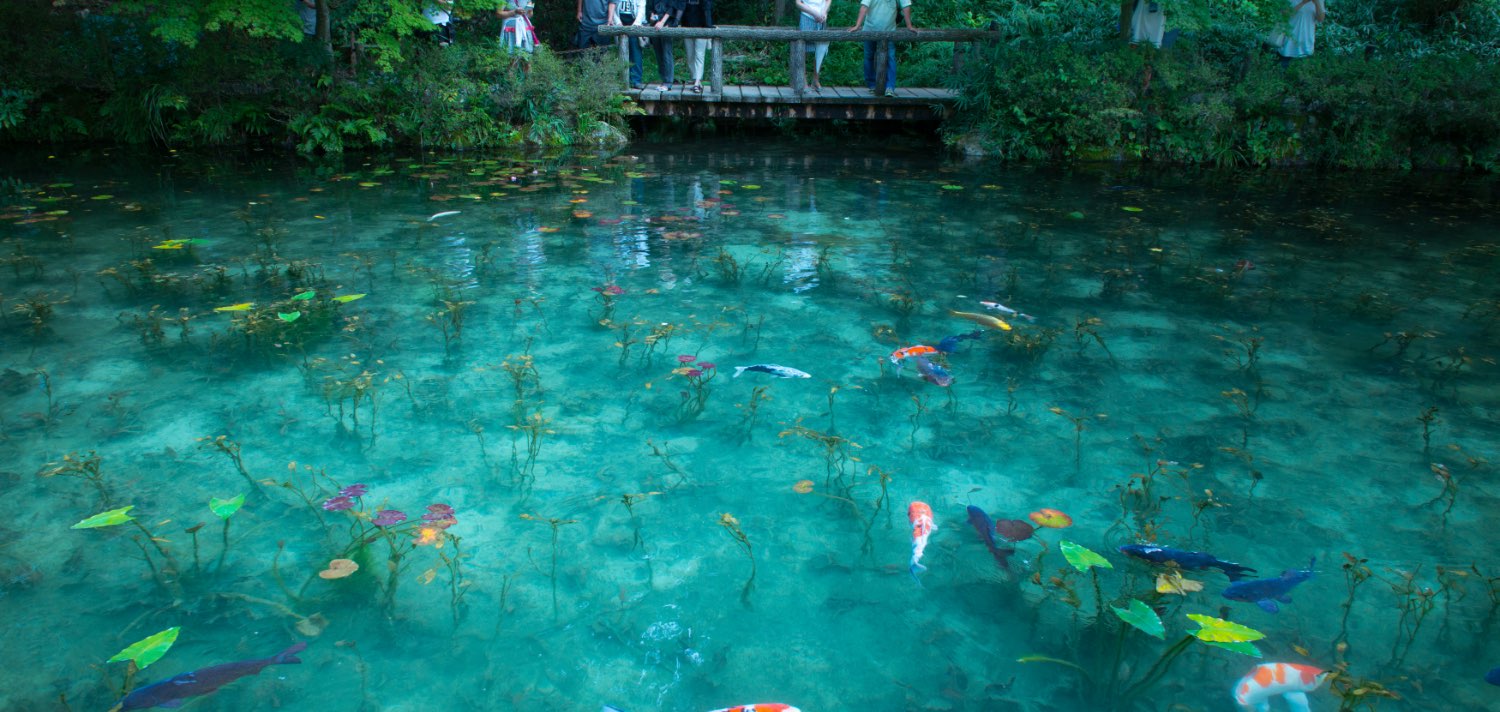
Monet's Pond
It’s nicknamed "Monet’s Pond" because it looks just like the French painter Monet’s water lily paintings. You can see colorful carp swimming through its clear waters. Everyone who sees this place can't stop talking about its beauty!
It's completed!!
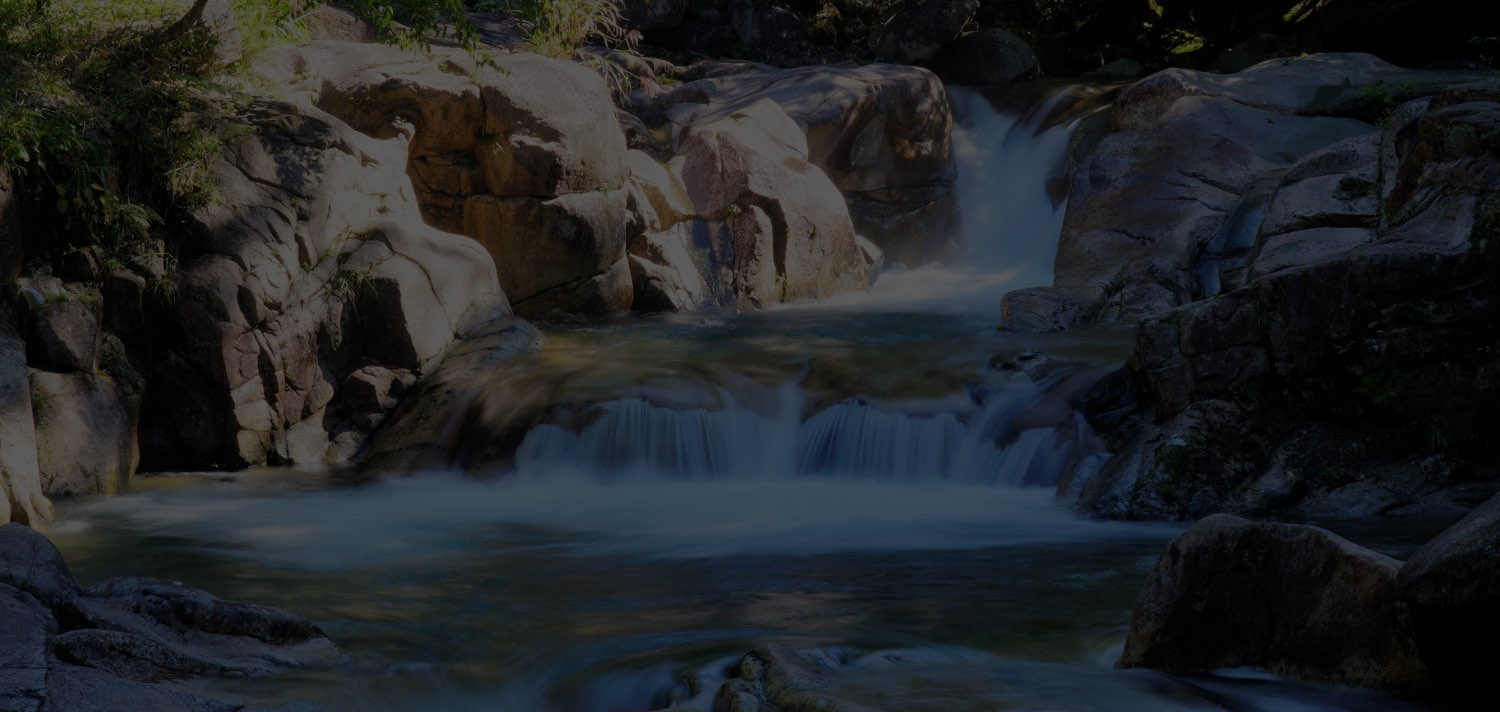
The 3 Biggest Reasons to Visit Seki City

It’s nicknamed "Monet’s Pond" because it looks just like the French painter Monet’s water lily paintings. You can see colorful carp swimming through its clear waters. Everyone who sees this place can't stop talking about its beauty!
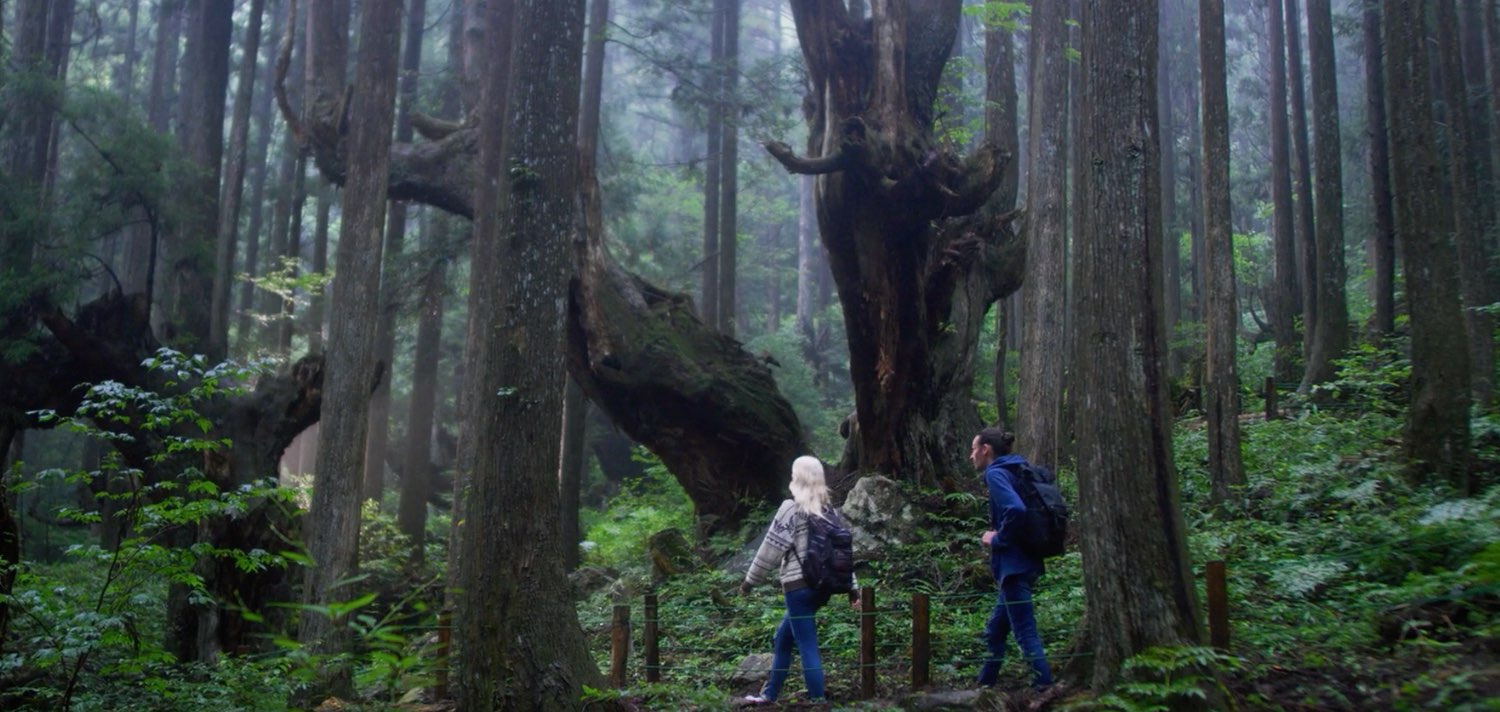
Here there are giant cedar trees estimated to be between 400 and 500 years old. A forest like this, having over 70 giant cedars with massive trunks and twisting branches, is unique anywhere in the world, Japan included. The strange shapes of the trees, the significance of their long lives and history, and the grandeur and vitality of nature pulsing throughout make it a one-of-a-kind experience. "Just magical, like a scene right out of a Ghibli movie!"
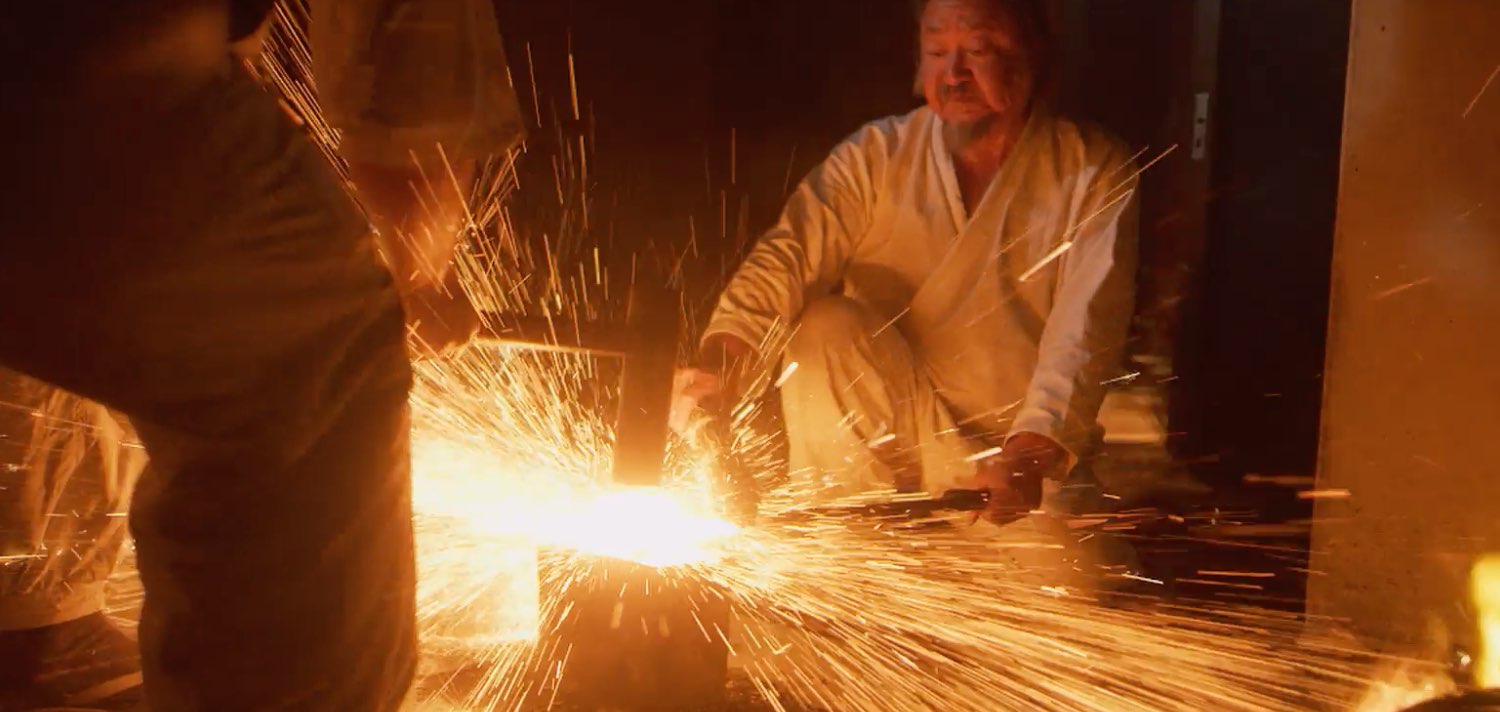
The blades of Seki are forged with the original spirit and traditions of the past. About 800 years ago, the original pioneers of bladesmithing moved to Seki, where the masterful craft first began to take root. Seki was rich in fine soil and charcoal for forging, and they could ship their swords out via the Nagara and Tsubo rivers. Their product, the Japanese Katana, spread all over the country. Producing the most famous swords in Japan soon brought prosperity to Seki City. Many soldiers praised the beautiful, polished swords saying “They don’t break, they don’t bend, and they cut well.” But it wasn’t only in times of strife and warring that blades were in demand. The same skills, passed down over generations, were also used to make decorative blades, and bladed tools for daily use. You can still see that same skill and passion today in Seki City, the hometown of the Japanese sword.
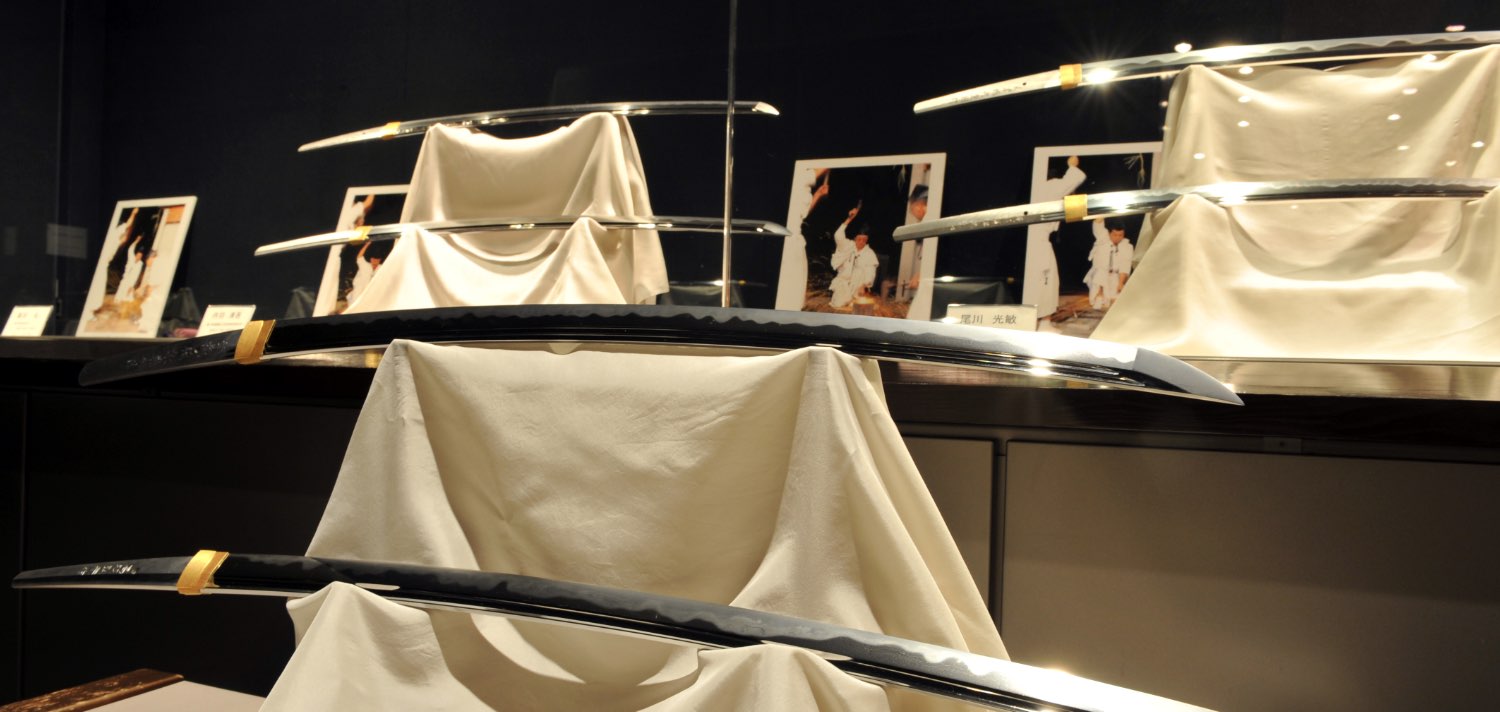
"One of the 3 Biggest Producers of Blades in the World" Seki Blades. The spirit and skill of Seki craftsmanship is still thriving alongside modern industrial technology, easily felt in the quality of their product. This has solidified Seki as an exceptional region of blades, and Japan and the world over have been captivated time and time again.
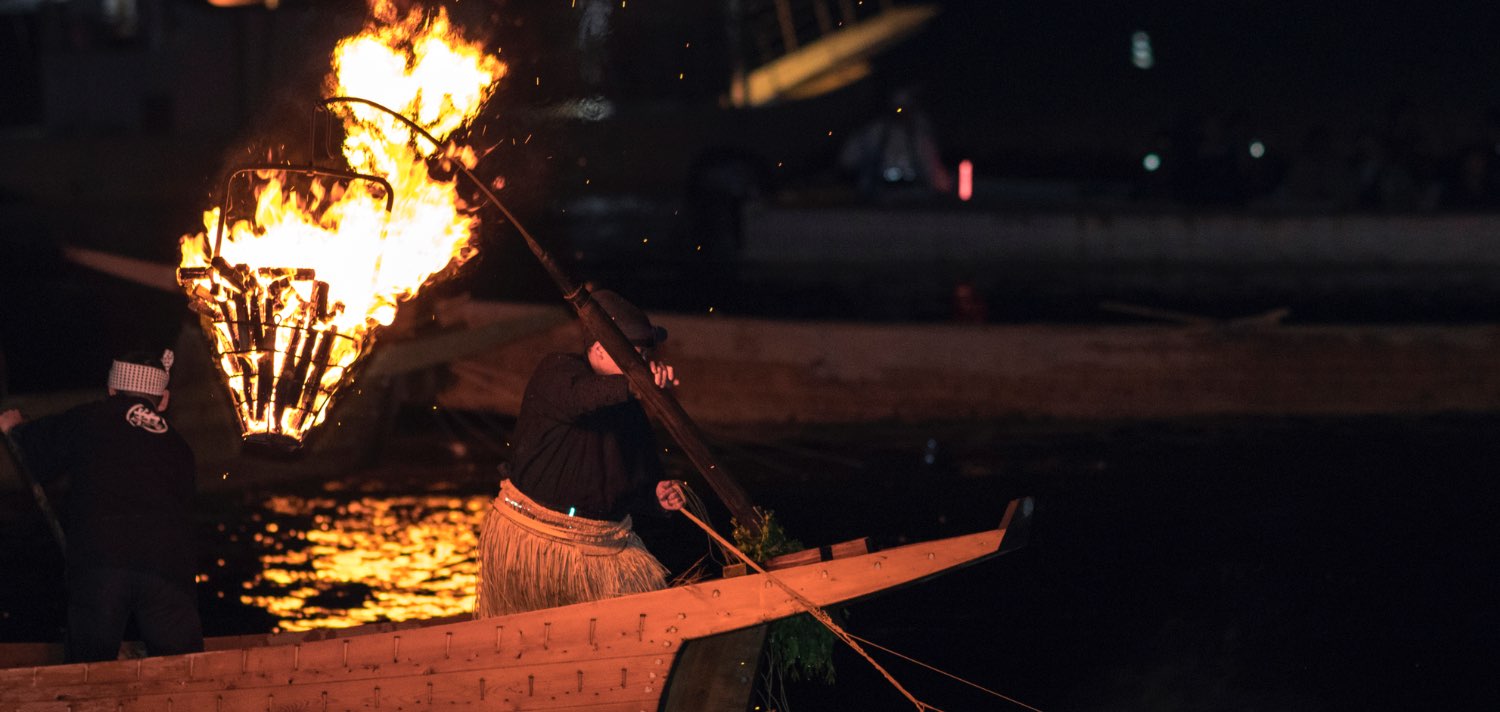
Cormorant fishing’s history is ancient. It was mentioned as early as the Nara Period (719-784) in records at Shousouin (a temple in Nara) as a practice that was already well established as a method of fishing. Important members of the Imperial Court even sought to preserve it as a skill to be revered. Oda Nobunaga created the official “ujou” (cormorant fisherman) title, and Tokugawa Ieyasu granted cormorant fishermen the right to have family names and to bear swords, at a time when such rights were not given to everyone. Also, in Meiji 23 (1890), the Imperial Court employed cormorant fishermen and has protected them ever since. It’s been declared an important historical fishing method, and furthermore a World Agricultural Heritage asset as a fishing practice with over a millennium of history.
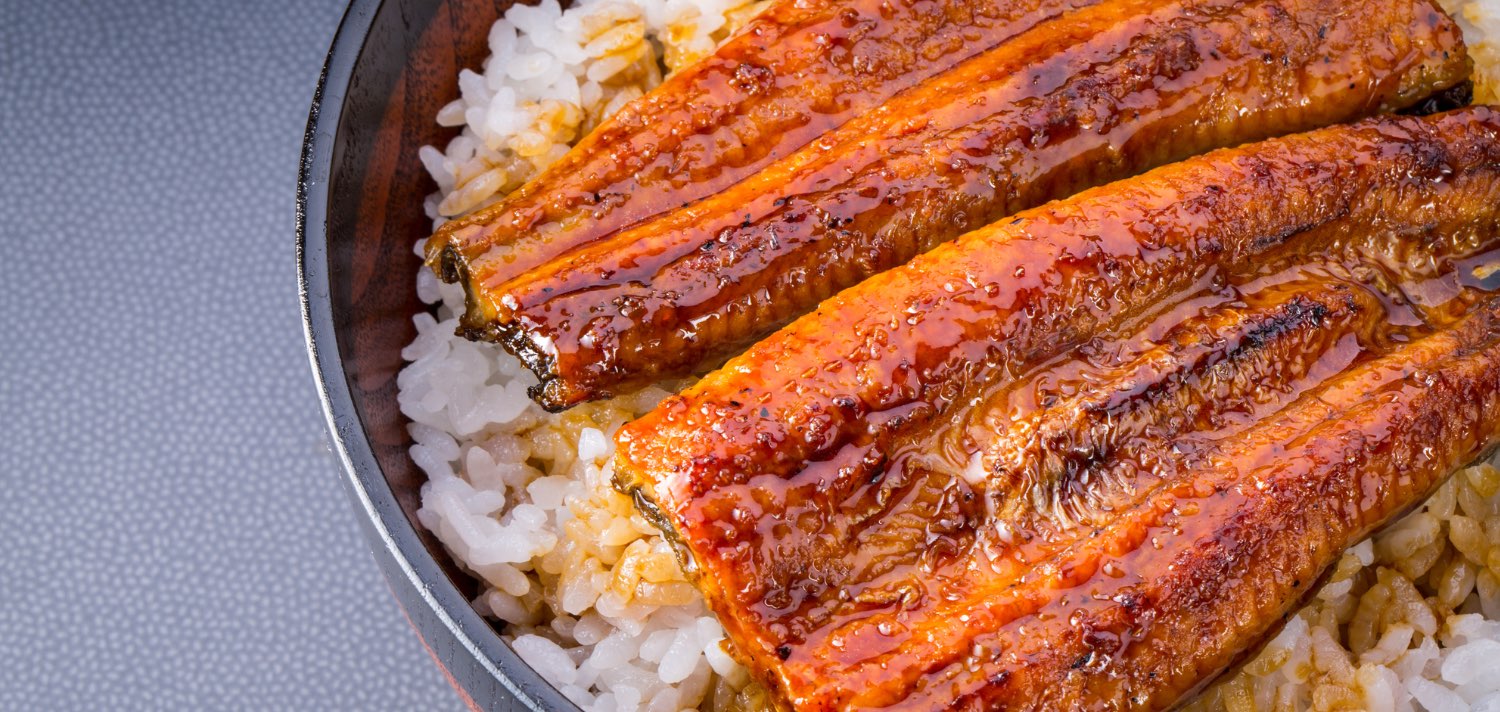
Since ancient times, it has served as a source of power for bladesmiths. The crown jewel of Japanese food: Freshwater Eel. People come from all over to get a taste, and no trip to the area is complete without it!
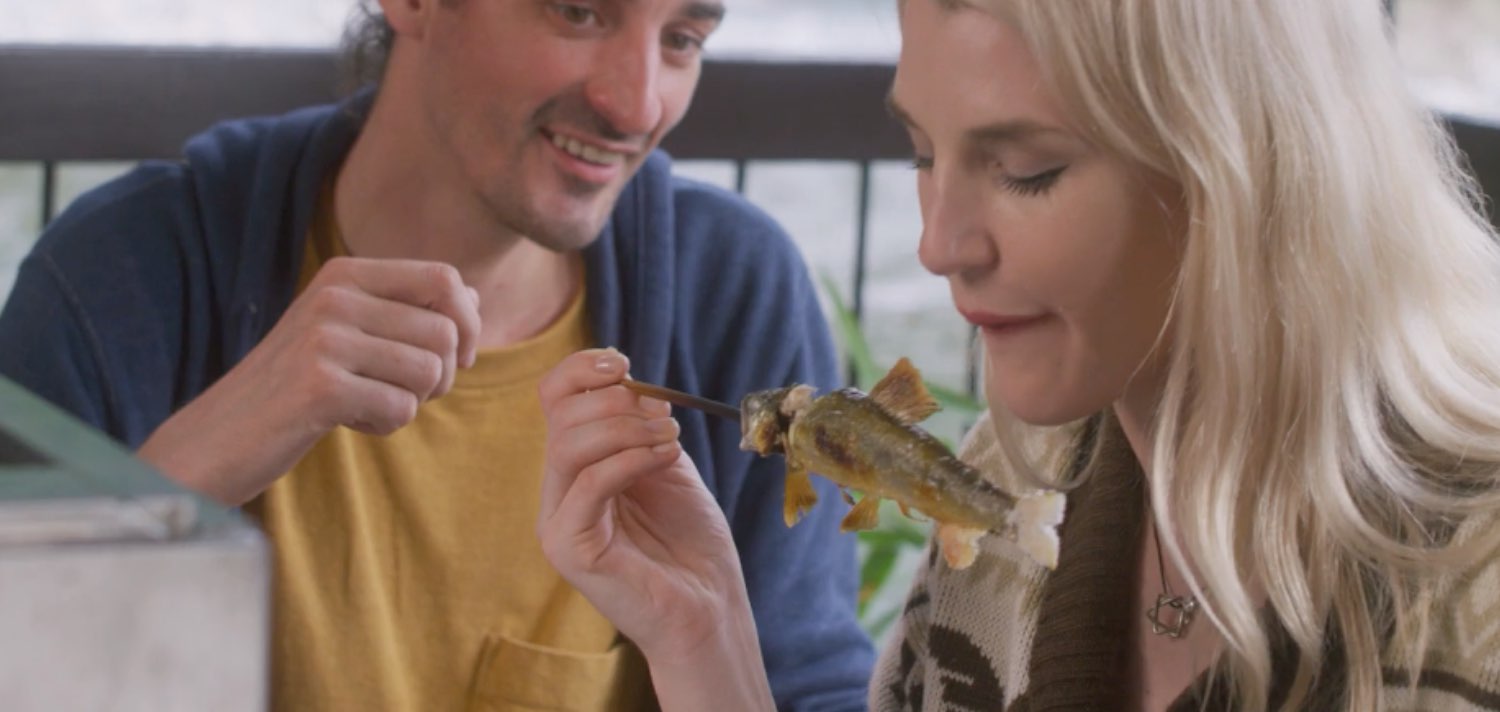
The star of Japanese river fish, ayu, is also known as “sweetfish”. The exquisite “Ayu of the Clear Flowing Nagara River” is so good, they had no choice but to recognize it as a World Agricultural Heritage asset. While watching the clear waters of the Nagara River flow, savor the natural ayu with a full course meal. Or roast it yourself over an open flame. With secret recipes and various styles of preparation, you'll want to try this fish as many times and as many ways as you can.
